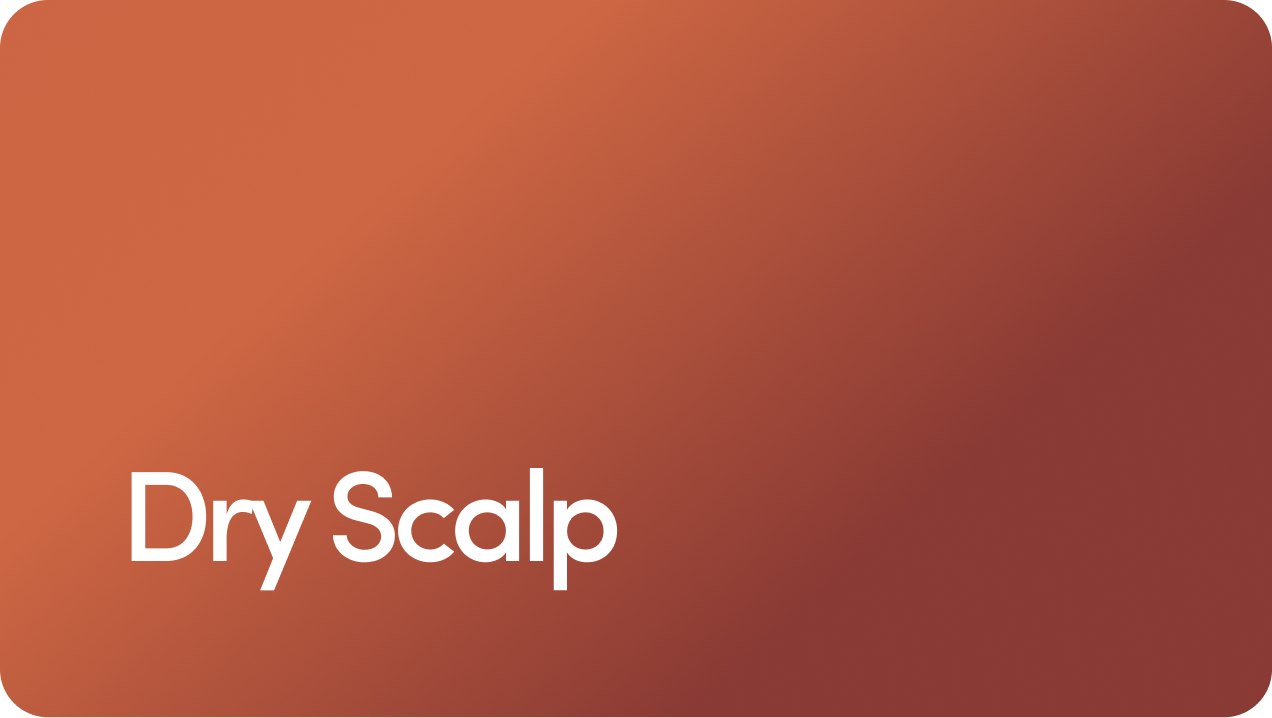Best Scalp Treatments
A healthy scalp is the foundation of healthy hair, yet it’s often overlooked in hair care routines.
Overview
A healthy scalp is the foundation of healthy hair, yet it’s often overlooked in hair care routines. Whether you’re dealing with dandruff, dryness, oiliness, hair loss, or another scalp condition, the right scalp treatment can make a difference in how your scalp looks and feels.
What’s the best scalp treatment, then? It depends on what issue you’re trying to treat, along with other factors, like your hair type and styling preferences.
In this guide, we’ll break down what scalp treatments are, the common conditions they address, key ingredients to look for, and how to use them effectively for optimal scalp health.
What Is a Scalp Treatment?
Before diving into what to look for in a scalp treatment, it’s essential to understand what a scalp treatment actually is.
Designed to improve overall scalp health or address a specific issue, a scalp treatment can be part of a treatment plan for dandruff, eczema, psoriasis, or hair loss. Even if you don’t have a specific issue, a scalp treatment can help keep your scalp exfoliated and itch-free.
Scalp treatments are available from many brands, and in some cases, medicated treatments may be prescribed by a healthcare provider.
Since their purposes vary, choosing the proper treatment means selecting one with ingredients tailored to your needs.
Types of Scalp Treatments
Scalp treatments come in many forms, including:
Scrubs
Scalp serums
Shampoos
Conditioners
Hair masks
Leave-on treatments
While each type is unique, and depending on the formula, they can address different scalp needs.
Some scalp treatments exfoliate the scalp to dissolve buildup from dry shampoo and other styling products or remove flakes. Others work by stimulating blood flow to hair follicles (the simple act of massaging the treatment into your scalp can also help with that). Many also contain anti-inflammatory ingredients to help soothe irritation and support a healthier scalp.
Common Scalp Conditions That May Benefit From a Scalp Treatment
Here’s a quick rundown of common scalp conditions. This will be helpful in a minute when we talk about common ingredients in scalp treatments that can help specific conditions.
On that note, many scalp conditions look similar, so it’s crucial to get a proper diagnosis from a dermatologist. That way, you’ll know what type of scalp treatment and what ingredients will be most helpful.
Common scalp conditions include:
Itchy, dry scalp. Whether you live in a dry climate or work somewhere where indoor heat blasts nonstop, an itchy scalp often lacks moisture. You may also notice flaking, but the flakes will be small and dry, not shiny or oily.
Dandruff. You’re probably familiar with dandruff, but you may not know it’s typically caused by an overgrowth of a type of yeast known as Malassezia. It shows up as yellow or white flakes that may be dry or oily.
Seborrheic dermatitis. Seborrheic dermatitis is a fungal skin condition that causes rashes and severe eczema.
Scalp psoriasis. Scalp psoriasis is an autoimmune condition that causes scaly patches on the scalp.
Scalp folliculitis. Scalp folliculitis happens when hair follicles become inflamed, resulting in pustules, whiteheads, or other pimple-like bumps on the scalp that may be painful.
Oily scalp. An oily scalp is usually caused by overproduction of sebum (oil made by sebaceous glands). It can make your hair look or feel greasy between washes.
Hair loss. Hair loss can happen for many reasons. But for guys, it’s commonly caused by male pattern baldness (aka androgenetic alopecia), a genetic condition that causes hair follicles to shrink and ultimately stop producing new hair.
Ingredients to Look for in the Best Scalp Treatments
The best scalp treatment will have active ingredients that work to remedy the issue you’re dealing with while supporting healthy hair and skin.
Look for products containing:
Plant oils
Chemical exfoliants
Ketoconazole
Essential oils and plant extracts
Selenium sulfide
Zinc pyrithione
Colloidal oatmeal
Coal tar
Apple cider vinegar
Niacinamide
Bentonite clay
Minoxidil
Hyaluronic acid
Saw palmetto
Below, we’ll break down each scalp treatment ingredient and what conditions it’s best for treating.
Plant Oils
Natural oils derived from plants can help restore moisture to a dry scalp and prevent brittle, dry hair — a plus if you have naturally textured or curly hair.
You’ll find hair masks, leave-in conditioners, and other scalp treatments made with all kinds of oils, from the familiar argan, jojoba, and coconut oil to lesser-known ones like palo santo or hemp seed oil.
Many scalp treatments also contain soothing essential oils, which we’ll cover soon.
Chemical Exfoliants
Unlike manual exfoliants, which have a gritty texture to physically slough off dead skin, chemical exfoliants dissolve dead skin cells.
Knox Beasley, MD, a board-certified dermatologist specializing in hair loss and one of our medical reviewers, says salicylic acid (a type of beta-hydroxy acid or BHA) is a common ingredient in exfoliating shampoos. He adds that it can help treat conditions like dandruff and folliculitis. Scalp treatments containing salicylic acid can also be helpful for an oily or acne-prone scalp.
You can also look for scalp treatments containing glycolic acid, lactic acid, or citric acid, which all work similarly. (These are alpha-hydroxy acids, or AHAs). Fruit enzymes from papaya, pumpkin, or pineapple can have a natural exfoliating effect as well.
Ketoconazole
Ketoconazole is an antifungal ingredient in certain prescription scalp treatments (including our 4-in-1 hair loss spray). You can also find it in over-the-counter anti-dandruff shampoos.
“This treats seborrheic dermatitis, which can cause dandruff-like symptoms on the scalp,“ Dr. Beasley says. “There’s a 2% prescription-strength shampoo, which I’ve found to work the best usually. There is also a 1% over-the-counter strength that can help as well.“
Beyond being one of the best scalp treatments for dandruff, ketoconazole may also be used to treat tinea capitis, a fungal infection of the scalp and hair follicles.
Essential Oils and Plant Extracts
If you look at the ingredients in many scalp treatments, you’ll find a mix of essential oils. Some of the more common ones include peppermint oil, which might increase blood flow to the scalp, and tea tree oil, an antifungal ingredient that can create a pleasant tingling sensation.
Then there’s rosemary oil, which Dr. Beasley says “may also help soothe an itchy scalp and treat dandruff, but there’s limited data on its effectiveness.“
Selenium Sulfide
Selenium sulfide is an antifungal ingredient that helps control excess shedding. It’s often used to treat dandruff and seborrheic dermatitis.
You may need a prescription for this treatment, depending on the strength of the selenium sulfide (typically, the 2.5% strength requires a prescription).
Zinc Pyrithione
Zinc pyrithione has antimicrobial, antibacterial, and antifungal properties. It’s a common and effective treatment for dandruff and seborrheic dermatitis and may also be used to treat scalp psoriasis.
This ingredient can be found in certain medicated shampoos, like our dandruff detox shampoo, which you can buy over the counter without a prescription.
Colloidal Oatmeal
Dr. Beasley says colloidal oatmeal has “anti-inflammatory properties that can help soothe the scalp.“
Colloidal oatmeal, found in some of the best products for sensitive and dry skin, might help reduce irritation and calm a dry, reactive scalp.
Coal Tar
Like other ingredients on this list, coal tar has antifungal and anti-inflammatory properties that can help manage dandruff and seborrheic dermatitis. It also slows down cell turnover, which might help with dry skin and flaking.
That’s why some people consider coal tar one of the best scalp detox treatments.
That said, it might not be the most appealing option to use. Coal tar is a dark liquid with a strong, smoky odor. “Coal tar can be very effective, but the smell can be off-putting for some,“ Dr. Beasley says.
Apple Cider Vinegar
Many scalp treatments and clarifying products contain apple cider vinegar (ACV), which might help remove product buildup and leave hair clean and shiny.
“Apple cider vinegar may have some antifungal properties that could help with dandruff, but the data on its effectiveness is limited,“ says Dr. Beasley.
Niacinamide
Niacinamide (vitamin B3) is found in lots of scalp treatments because it can help relieve dry skin and soothe fungal infections. This ingredient may also reduce sebum production, making it a good choice for those with an oily scalp.
What’s the best scalp conditioner for hair thinning or a flaky scalp? Our niacinamide-infused thick fix conditioner is worth a try.
Bentonite Clay
If you have an oily scalp, a treatment mask containing bentonite clay may help manage oil. The clay might also help remove product buildup from your scalp while absorbing excess sebum, dirt, and other impurities.
Minoxidil
What’s the best scalp treatment for hair growth? Minoxidil (generic Rogaine®) is your friend. You won’t find it in many scalp treatments that contain a long list of ingredients because it’s designed to be used in a very specific way.
Unlike most scalp treatments, minoxidil shouldn’t be rinsed out. As a standalone scalp treatment, it helps stimulate new hair growth and reduce hair fall.
Hyaluronic Acid
Hyaluronic acid is a humectant, which means it can pull moisture in from the environment to hydrate and plump skin and hair. Often found in skin care, this ingredient is great for quenching a thirsty scalp, soothing dryness, and helping the skin on your head retain moisture.
Aloe vera is a natural source of hyaluronic acid, so this is a good ingredient to look for as well.
Saw Palmetto
Saw palmetto (Serenoa repens) extract has been shown to partially block DHT (dihydrotestosterone), the anagen (male sex hormone) behind male pattern baldness.
Our hair thickening shampoo contains this herbal ingredient to help guys maintain a fuller head of hair.
What Ingredients to Avoid in a Scalp Treatment
When browsing the best scalp treatments, it’s important to avoid certain ingredients that might be irritating or exacerbate certain scalp conditions.
If you have a reactive scalp, steer clear of hair and scalp products that contain alcohol, sulfates, or synthetic fragrances — all of which can cause irritation or skin sensitivity for some people.
How to Use a Scalp Treatment
Always pay attention to the directions on the scalp treatment you’re using — the way to use it will vary greatly depending on the product, formulation, and active ingredients.
Most scalp treatments are applied to damp hair and scalp before shampooing, but there are exceptions. Some scalp treatment products are meant to be left on for at least ten minutes — though others, like shampoo, should be rinsed immediately.
How Often Should I Use a Scalp Treatment?
How often you use a scalp treatment will depend on several factors, including your specific scalp condition and what the directions say on the product you’re using.
For instance, topical minoxidil is supposed to be applied twice daily. Meanwhile, you might only need to use a detoxifying or purifying scalp scrub once a week.
The Best Scalp Treatments: The Takeaway
Here’s what to keep in mind about the best dry-scalp treatments and remedies for other scalp conditions:
The best scalp treatments can improve overall scalp health, soothe conditions like dandruff or psoriasis, and offer a solution to hair loss.
Key ingredients in scalp treatments target specific issues. Depending on the formula, you’ll find plant-based hair oils for hydration and to reduce itchiness, chemical exfoliants for removing dead skin, antifungals like ketoconazole and selenium sulfide for dandruff, and minoxidil for hair growth.
Treatments come in many forms, from masks to scalp scrubs to shampoos and liquid solutions.
Interested in learning more about scalp care? Check out our guides to treating a dry scalp and scalp exfoliation. You can also explore hair care products and hair treatments in our hair care guide for men.
11 Sources
- El-Khordagui L, et al. (2021). Application of biosurfactants in the production of personal care products, and household detergents and industrial and institutional cleaners. https://pmc.ncbi.nlm.nih.gov/articles/PMC5632318/
- Godse G, et al. (2024). Safety, efficacy and attributes of 2.5% selenium sulfide shampoo in the treatment of dandruff. https://pmc.ncbi.nlm.nih.gov/articles/PMC11055963/
- Guthery E, et al. (2005). Zinc pyrithione in alcohol-based products for skin antisepsis: Persistence of antimicrobial effects. https://pmc.ncbi.nlm.nih.gov/articles/PMC7119132/#
- Murugusundram S. (2009). Serenoa repens: Does it have any role in the management of androgenetic alopecia?. https://www.ncbi.nlm.nih.gov/pmc/articles/PMC2840915/
- Markovics A, et al. (2019). Nicotinic acid suppresses sebaceous lipogenesis of human sebocytes via activating hydroxycarboxylic acid receptor 2 (HCA2). https://pmc.ncbi.nlm.nih.gov/articles/PMC6714165/
- Moosavi M. (2017). Bentonite clay as a natural remedy: a brief review. https://pmc.ncbi.nlm.nih.gov/articles/PMC5632318/
- Putri RR, et al. (2020). Extraction of hyaluronic acid from aloe barbadensis (aloe vera). https://www.researchgate.net/publication/339732108_extraction_of_hyaluronic_acid_from_aloe_barbadensis_aloe_vera
- Reynertson KA, et al. (2015). Anti-inflammatory activities of colloidal oatmeal (Avena sativa) contribute to the effectiveness of oats in treatment of itch associated with dry, irritated skin. https://pubmed.ncbi.nlm.nih.gov/25607907/
- Tang SC, et al. (2018). Dual effects of alpha-hydroxy acids on the skin. https://pmc.ncbi.nlm.nih.gov/articles/PMC6017965/
- Trevisol TC, et al. (2021). An overview of the use of proteolytic enzymes as exfoliating agents. https://onlinelibrary.wiley.com/doi/10.1111/jocd.14673
- van Amerongen CCA, et al. (2021). Skin exposure to scented products used in daily life and fragrance contact allergy in the European general population ‐ The EDEN Fragrance Study. https://pmc.ncbi.nlm.nih.gov/articles/PMC8247875/
Editorial Standards
Hims & Hers has strict sourcing guidelines to ensure our content is accurate and current. We rely on peer-reviewed studies, academic research institutions, and medical associations. We strive to use primary sources and refrain from using tertiary references. See a mistake? Let us know at [email protected]!
Related Conditions
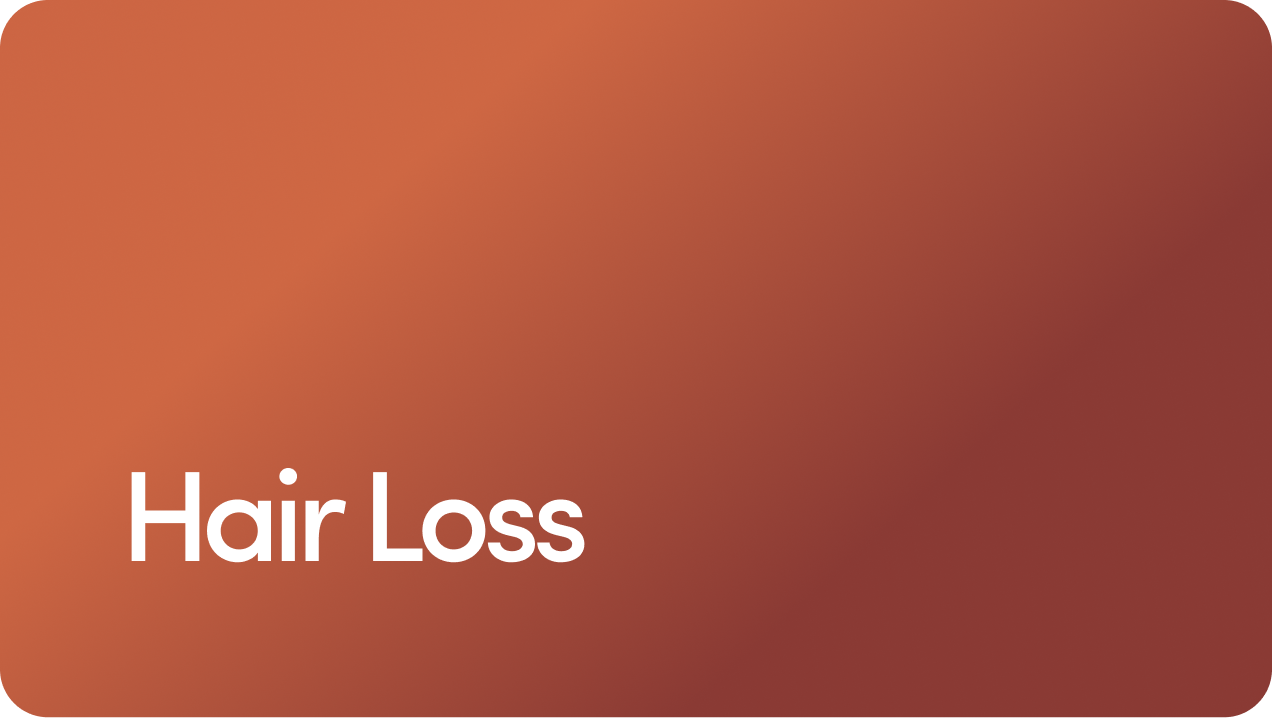 Hair Loss
Hair Loss
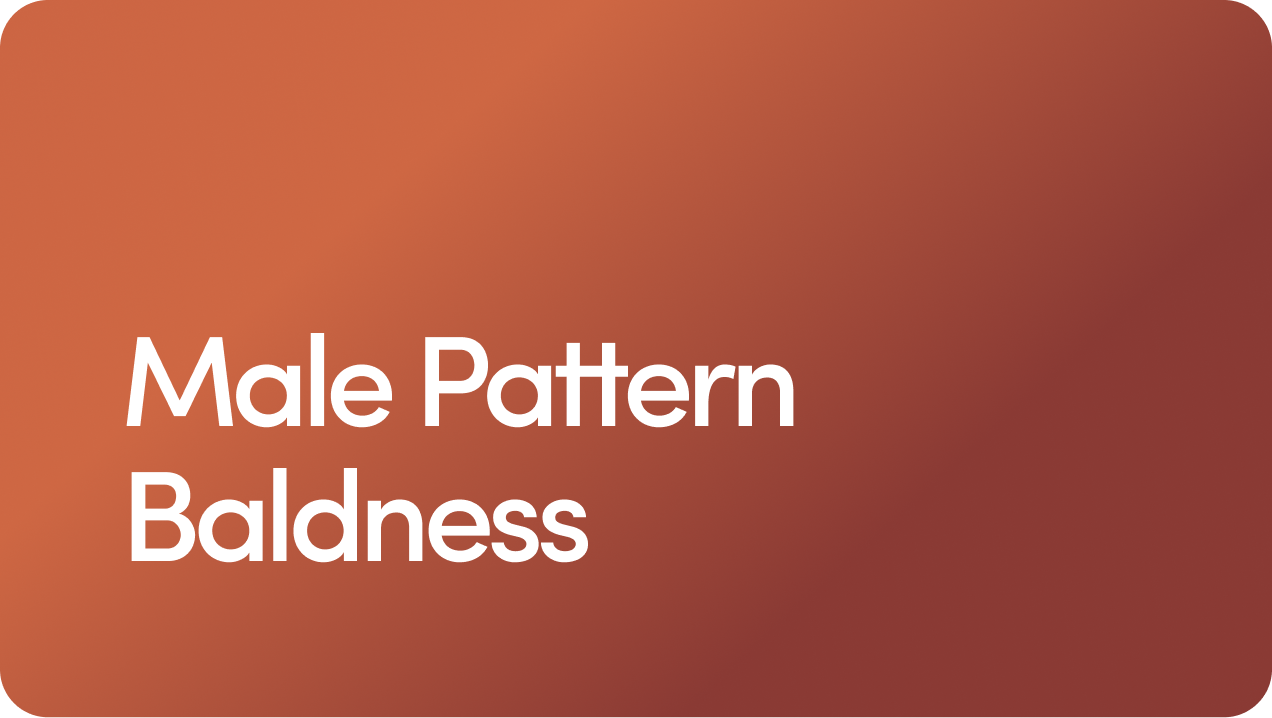 Male Pattern Baldness
Male Pattern Baldness
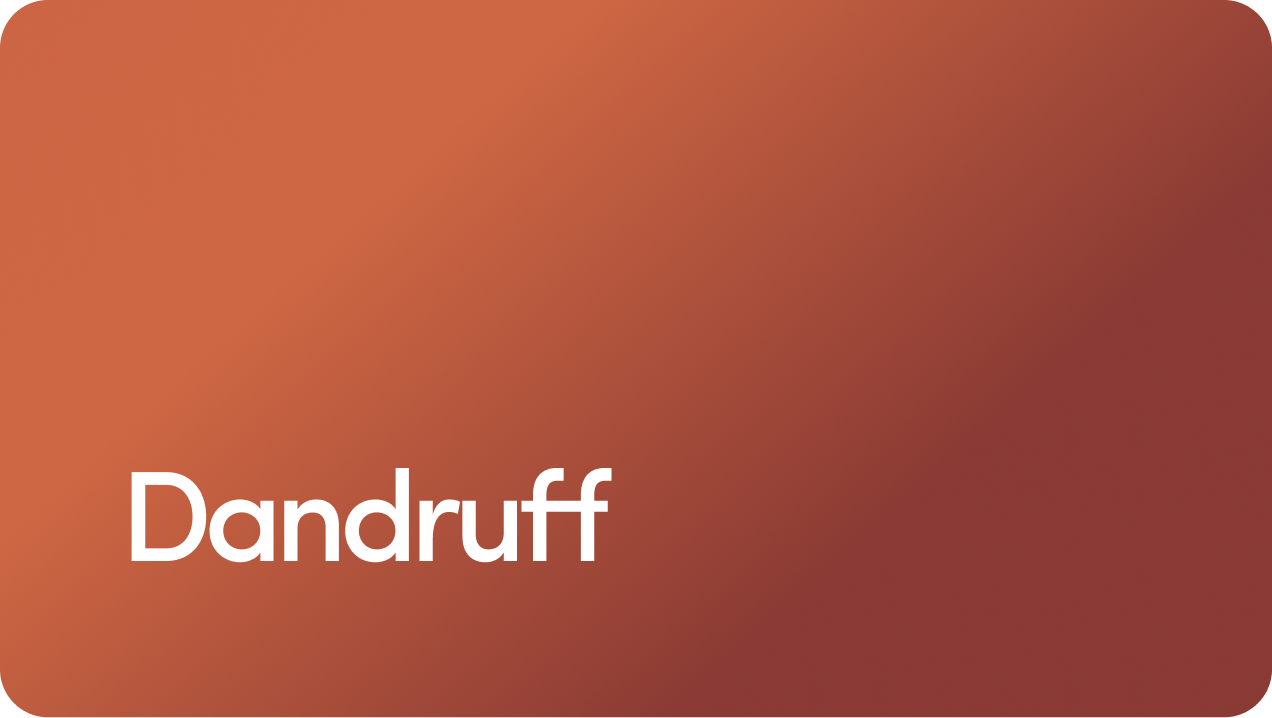 Dandruff
Dandruff
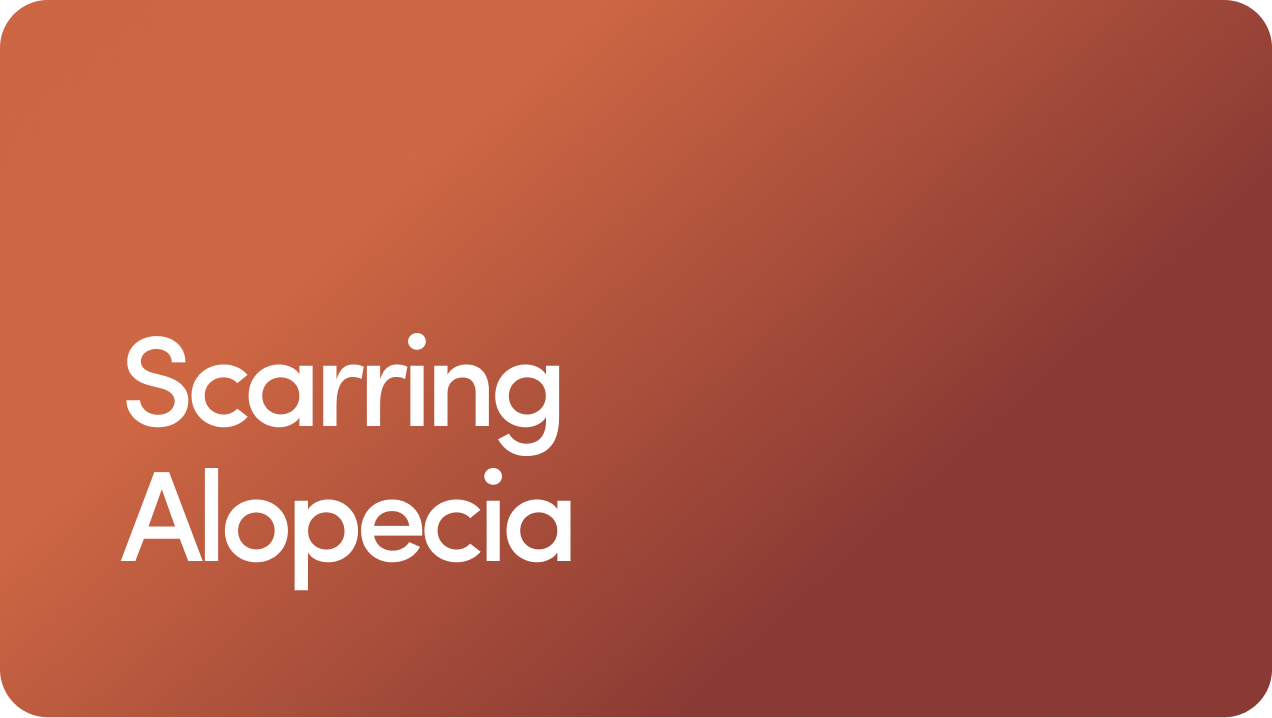 Scarring Alopecia
Scarring Alopecia
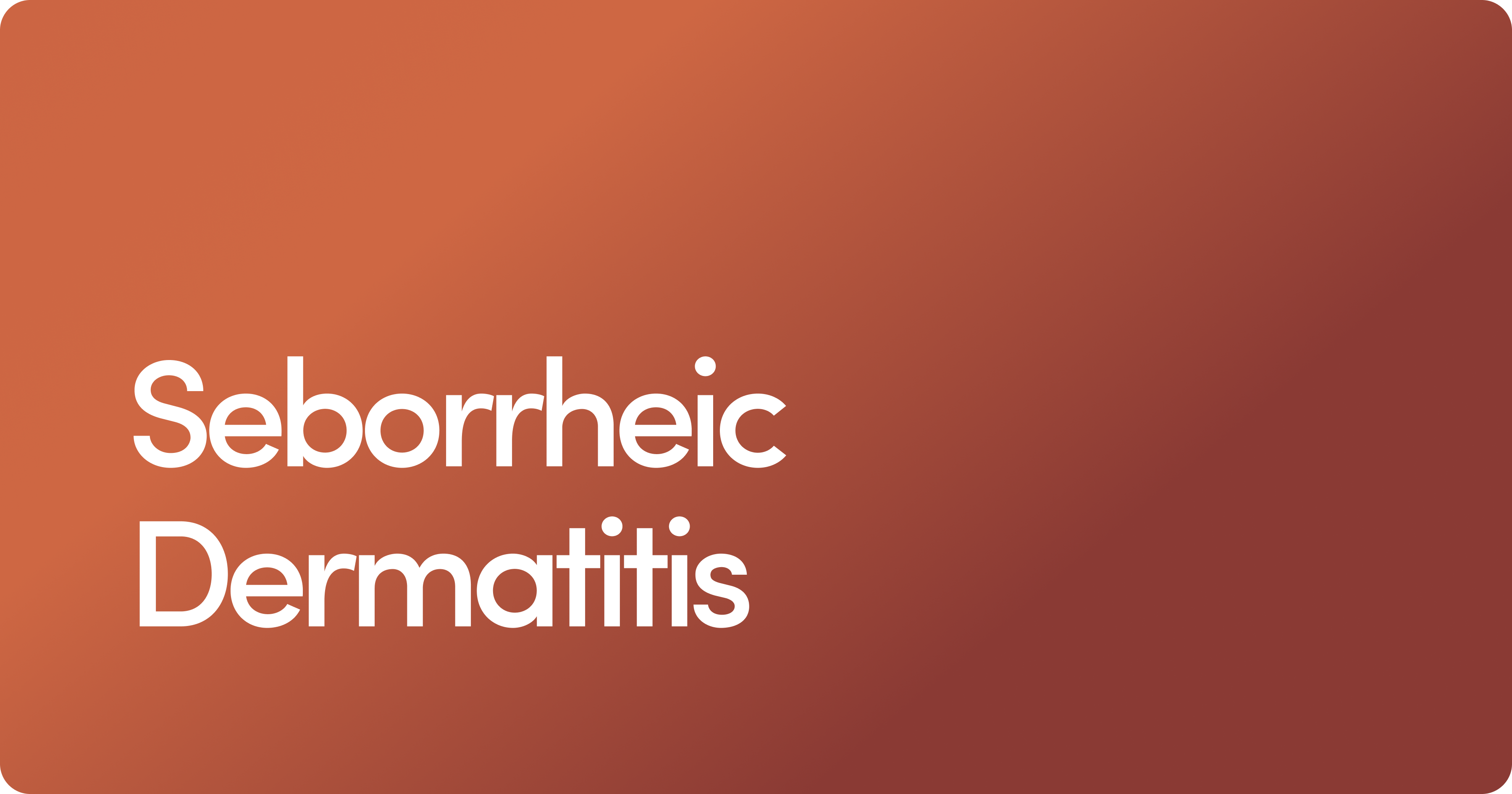 Seborrheic Dermatitis
Seborrheic Dermatitis
*All images feature a model portrayal
(unless otherwise noted).
